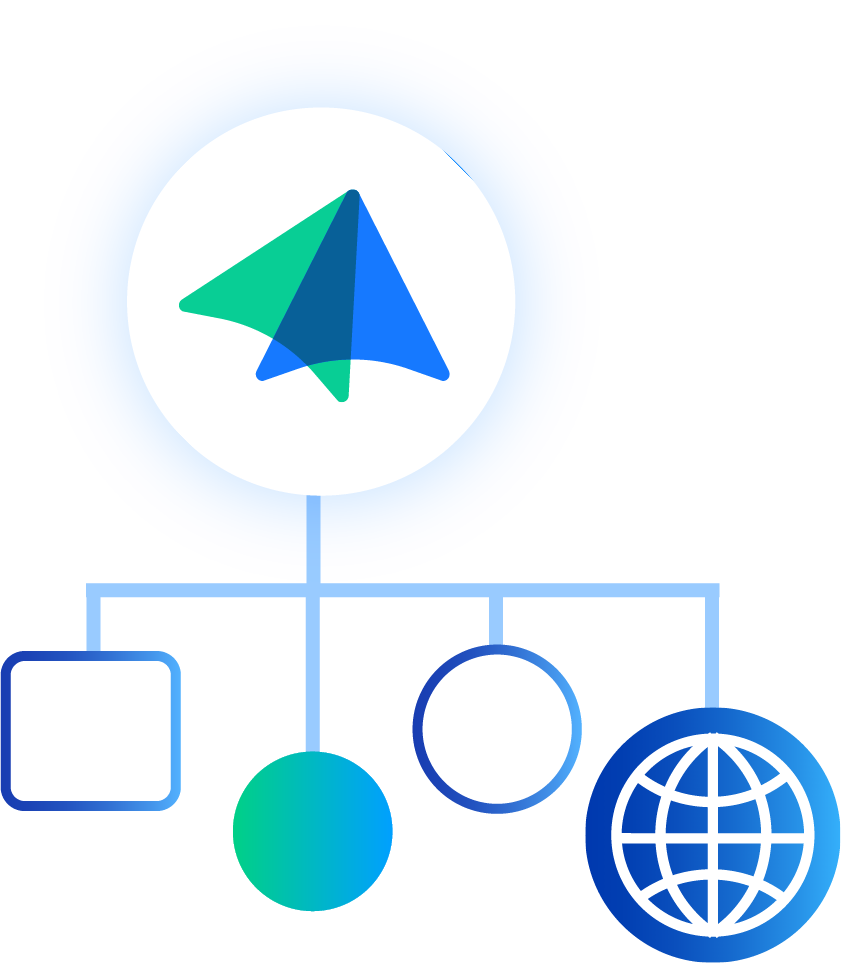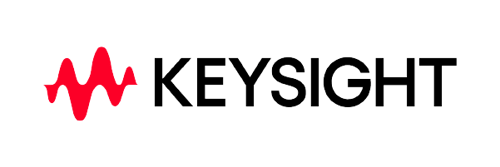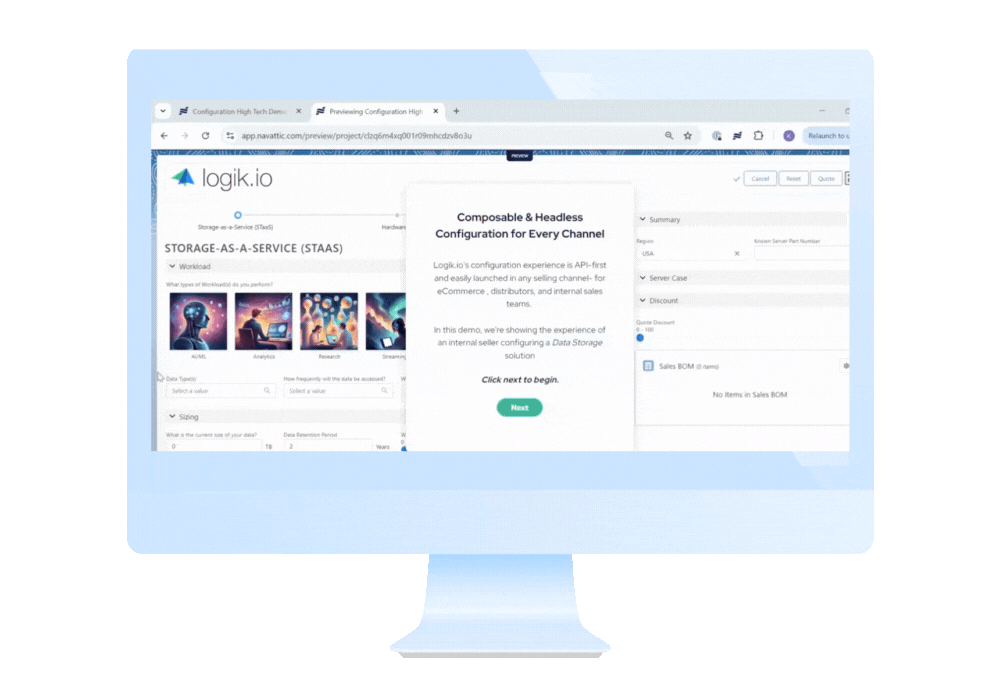



Simplified & Supercharged
Got Product Complexity? Experience Sales Simplicity
Logik.ai is built to deliver lightning fast, expert guided, easy to navigate configuration experiences, no matter how complex your products are.
Quote Line Limits?
Logik.ai custom Bill of Materials object reduces quote lines needed for any configuration. Logik.io works right alongside your existing system so you can still leverage all your product data in one central place.
Performance Issues?
Logik.ai’s intelligent solving engine was built to process rules and configurations with lightning speed, no matter how complex. Enable your sales reps to produce quotes faster for every product, for every customer, every time.
Complex Rules?
Logik.ai’s is built with low-code and no-code admin features to handle any level of complexity, with lower admin effort. Allowing your business to maintain less and go to market faster by managing all products and data in one place.
Table of Contents
The State of B2B eCommerce Report
The needs and expectations of B2B buyers are evolving rapidly, and the demands for seamless self-service buying and e-commerce experiences are growing.
We compiled results that show that while there is a movement of early innovators who are prioritizing their eCommerce experience, and removing friction wherever possible, there is still a gap between buyer expectations and company execution when it comes to eCommerce.
Section 1 Guided Selling
Guided selling, a dynamic and interactive sales approach facilitated by applications, plays a pivotal role in enhancing the customer experience by simplifying complex product configurations and ensuring tailored solutions. Its significance lies in its ability to streamline the buying process, particularly in industries with intricate product lines, by providing personalized recommendations and guiding users through decision-making processes.
In contrast to traditional sales methods that rely heavily on manual processes and human expertise, guided selling harnesses the power of technology, particularly artificial intelligence (AI), to deliver customized solutions efficiently. By leveraging data analytics and AI algorithms, guided selling apps can adapt to individual preferences and constraints, offering real-time guidance and recommendations.
Industries across various sectors benefit from guided selling tools. For instance, in the automotive industry, manufacturers utilize configurator tools on their websites to allow customers to build customized vehicles according to their preferences while ensuring compatibility and feasibility. Similarly, in the software industry, guided selling apps assist customers in selecting the most suitable features and packages based on their specific requirements, leading to increased satisfaction and reduced decision fatigue.
Sales enablement vendors like Seismic recognize the transformative potential of guided selling in revolutionizing the sales process. By integrating guided selling into sales training programs, companies can empower their sales teams to deliver personalized experiences and drive conversions effectively. As AI continues to advance, guided selling is poised to become an indispensable tool for businesses seeking to optimize customer interactions and stay ahead in competitive markets.
Section 2 The Benefits of Guided Selling Software
Improved Customer Engagement and Satisfaction
Guided selling software fosters deeper engagement with customers by offering personalized and interactive experiences. By guiding customers through the decision-making process and providing tailored recommendations, businesses can address their specific needs more effectively. This personalized approach enhances customer satisfaction as it demonstrates a clear understanding of their preferences and requirements.
Increased Sales and Revenue Through Personalized Recommendations
One of the key advantages of guided selling software is its ability to drive sales by presenting customers with highly relevant product options. By leveraging data analytics and AI algorithms, these tools can analyze customer preferences and behaviors to make targeted recommendations, ultimately leading to higher conversion rates. This personalized approach not only increases sales but also maximizes the value of each transaction by matching customers with the most suitable products or services.
Enhanced Decision-Making for Buyers and Sellers Alike
Guided selling software facilitates informed decision-making for both buyers and sellers. For buyers, it simplifies the complex process of product selection by providing guidance and clarity, thereby reducing decision fatigue and increasing confidence in their choices. For sellers, it equips them with valuable insights into customer preferences and purchasing patterns, enabling them to tailor their offerings more effectively and anticipate customer needs.
Section 3 Guided Selling Examples
We've seen how car companies use guided selling for eCommerce.
Now let's take a look at guided selling examples from the other side of the equation. Often, it isn't the end users who need to be able to build and configure products. The effectiveness of a sales team is heavily dependent on its ability to quickly configure, price, and quote company products. Of course, this is such an important part of the job that configure, price, quote (CPQ) software is available and popular.
CPQ software gives salespeople many of the tools they need to configure a product for customers and generate a bill of materials along with a quote for the agreed-upon configuration. While these cpq tools often come with some rudimentary guided selling tools, they often barely rise above the level of a filter system for the product. For something more advanced, dedicated guided selling apps are required.
With external tools for guided selling, CPQ software becomes even more powerful. Companies like Logik.ai provide such a tool, including not only the back end AI but also a guided selling UX that provides an easy and intuitive interface to that platform for sales staff. This ease of use helps to guarantee the product will be an asset in closing more deals, rather than another piece of technology that never gets used.
Although relatively new now, AI guided selling solutions are rapidly being adopted. Gartner has issued a report stating that 75% of B2B eCommerce organizations will be using the technology to augment their sales efforts. This will allow those companies to more quickly build out a product to the exact specifications of the businesses they have as customers.
Guided selling, as Gartner points out, isn't just about providing advanced configuration options. They also use the power of AI and the knowledge of each customer provided by big data to alert sales staff of recommended content and upsell to present to the customer. Armed with these tools, sales staff will be able to convert more sales for higher average amounts.
Section 4 Key Features of Guided Selling Tools
Guided selling tools are equipped with a range of features designed to streamline the sales process, enhance customer engagement, and drive revenue growth. These features enable businesses to deliver personalized experiences, leverage data insights, and optimize their sales strategies effectively.
Personalization Capabilities for Tailored Recommendations
At the heart of guided selling tools is their ability to deliver personalized recommendations based on individual customer preferences and behaviors. Through advanced algorithms and machine learning techniques, these tools analyze customer data to understand their needs and preferences, allowing businesses to offer tailored product suggestions and configurations. By personalizing the buying experience, businesses can increase customer satisfaction and drive conversions.
Integration with CRM Systems and eCommerce Platforms
Guided selling tools seamlessly integrate with Customer Relationship Management (CRM) systems and eCommerce platforms, ensuring a unified approach to sales and customer management. By syncing data across different systems, businesses can access a comprehensive view of customer interactions, purchase history, and preferences. This integration enables sales teams to deliver consistent and personalized experiences across all touch points, from initial contact to post-sale support, thereby maximizing customer lifetime value.
Analytics and Reporting Functionalities to Track Performance and Optimize Strategies
Guided selling tools offer robust analytics and reporting functionalities to track performance metrics and measure the effectiveness of sales strategies. Through real-time dashboards and customizable reports, businesses can gain valuable insights into customer engagement, conversion rates, and sales pipeline health. By analyzing this data, businesses can identify trends, pinpoint areas for improvement, and optimize their guided selling strategies to drive better results.
Scalability and Flexibility to Adapt to Evolving Business Needs
Guided selling tools are designed to be scalable and flexible, allowing businesses to adapt to evolving market dynamics and changing customer preferences. Whether expanding into new markets, launching new products, or adjusting sales processes, these tools can scale to meet growing demand and accommodate shifting business requirements. With configurable workflows and customizable features, businesses can tailor guided selling tools to align with their unique needs and objectives, ensuring long-term success and agility in today's competitive landscape.
By leveraging these key features, businesses can harness the power of guided selling tools to enhance the customer experience, drive sales growth, and stay ahead of the competition. As the demand for personalized sales interactions continues to rise, investing in guided selling technology is essential for businesses looking to thrive in the digital age.
Section 4 Implementing Guided Selling in B2B eCommerce
Implementing guided selling in eCommerce requires strategic planning, seamless integration, and a focus on delivering personalized experiences that enhance the customer journey. By leveraging guided selling tools effectively, eCommerce businesses can drive conversions, increase customer satisfaction, and differentiate themselves in a crowded marketplace.
Strategies for Incorporating Guided Selling into the Online Shopping Experience
Interactive Product Finders: Implement interactive product finders or configurators that guide customers through a series of questions or choices to recommend the most suitable products based on their preferences and needs.
Personalized Recommendations: Utilize customer data and browsing history to offer personalized product recommendations on product pages, checkout pages, and in marketing emails, increasing the likelihood of conversion.
Guided Pathways: Create guided pathways or decision trees that lead customers through the purchase process, providing clear navigation and assistance at each step to reduce friction and increase confidence in their buying decisions.
Visual Product Customization: Enable visual product customization tools that allow customers to customize product attributes such as color, size, and style in real-time, providing a more engaging and immersive shopping experience.
Tips for Optimizing Product Recommendations and Guided Pathways
Utilize Data Insights: Regularly analyze customer data to identify trends, preferences, and buying behaviors, allowing you to refine product recommendations and guided pathways to better meet customer needs.
Test and Iterate: A/B test different variations of product recommendations and guided pathways to determine which strategies yield the best results, and continually iterate based on performance metrics and customer feedback.
Focus on Usability: Ensure that guided selling tools are intuitive and user-friendly, with clear instructions and navigation cues to guide customers through the buying process seamlessly.
Offer Flexibility: Provide customers with options to customize their guided experience, such as the ability to skip questions or adjust recommendations, to accommodate varying preferences and needs.

SHARE